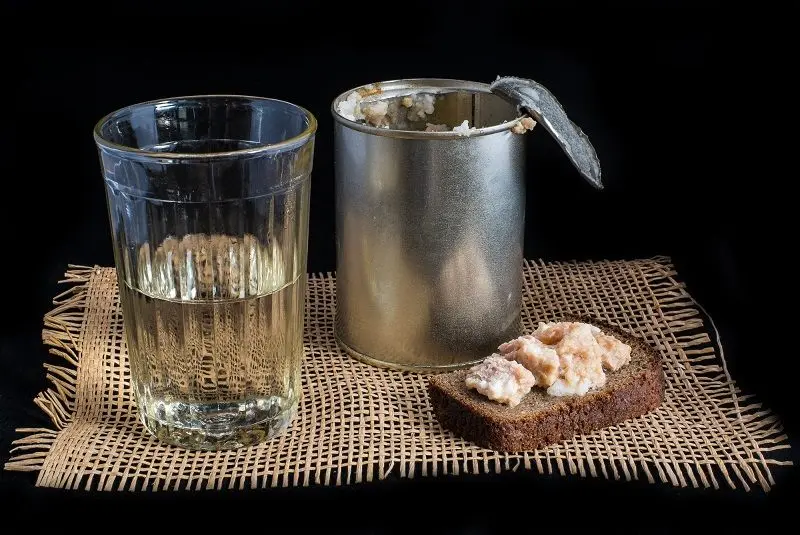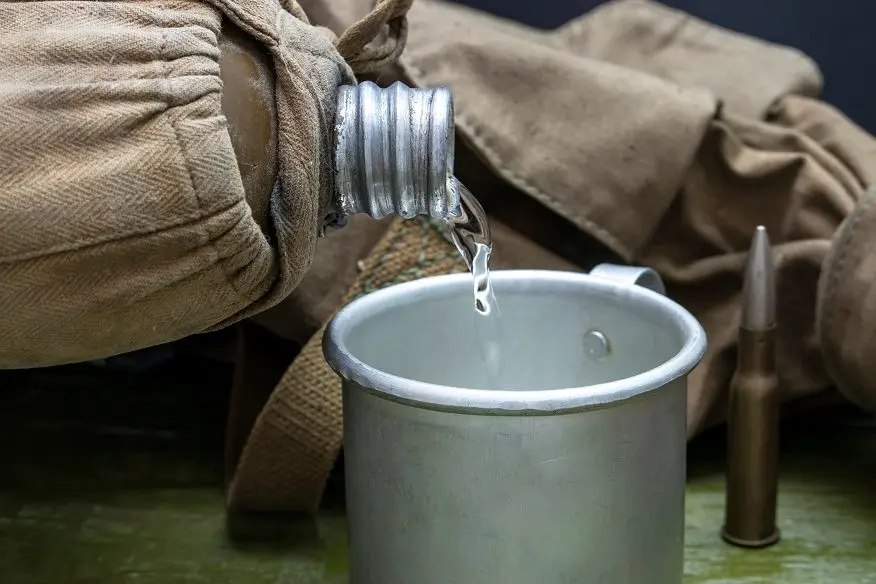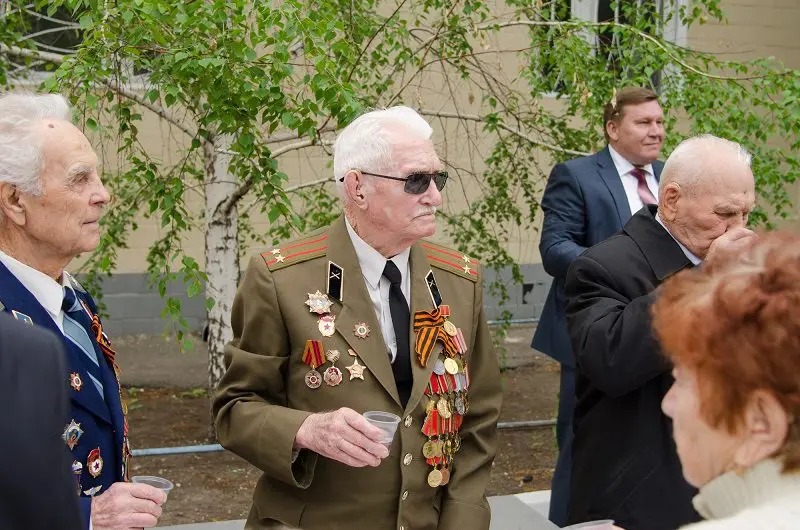Contents
The tradition of encouraging soldiers with alcohol for feats of arms has existed in Russia since the time of Peter I. The emperor borrowed the custom from Europeans, where alcohol was regularly given to sailors. In the XNUMXth century, naval personnel received a glass of vodka daily, and soldiers of the ground forces three times a week. Before the First World War, this practice was abolished and even the sale of strong drinks in buffets at military units was banned. Alcohol returned to the allowance of the soldiers only after three decades.
The history of “People’s Commissar’s 100 grams”
The initiator of the regular distribution of alcohol to servicemen was the People’s Commissar of Defense Kliment Voroshilov. During the conflict with Finland, the Red Army suffered losses not only from collisions with the enemy, but also from frostbite injuries caused by extremely low temperatures on the Karelian Isthmus in the winter of 1940. The country’s leadership decided to issue daily rations to soldiers and command personnel, which consisted of one hundred grams of vodka and fifty grams of fat. The soldiers of the tank troops were entitled to a double portion of alcohol, and the pilots received cognac.

The soldiers of the Red Army quickly came up with a name for innovations – the daily 100 grams were dubbed “People’s Commissar”, and the snack was called “Voroshilov ration”. Alcohol really helped in severe frosts – alcohol in small doses dilated blood vessels and served as a means for rubbing during hypothermia. During the three months of the conflict, starting in January 1940, ten tons of vodka and almost nine tons of cognac were delivered to the Russian-Finnish front.
How much vodka was issued during the war
On the fronts of the Great Patriotic War, alcohol began to be dispensed from the middle of summer 1941, although official permission began to operate only in early September. The August decree, signed by I.V. Stalin, ordered that all Red Army soldiers and commanding officers on the front line be given 100 grams of forty-degree vodka daily, and there were no longer any distinctions between the branches of the military.
Alcohol was received by both frontline soldiers and servicemen of the economic units, who did not take part in the battles, but were engaged in supplies. After the identified cases of abuse in the distribution of alcohol, the country’s leadership made changes to the norms of issuance. In May 1942, vodka relied only on those units who showed success in combat operations. Servicemen of distinguished formations were given two hundred grams of vodka daily.

The rules changed several times throughout the war. On holidays, everyone received one hundred grams of alcohol, and in the Caucasus, vodka was replaced by an increased portion of dry or fortified wine. In 1943, an order was issued to issue vodka only to those units that were on the offensive and were directly involved in the battles.
There was no mass abuse of alcohol during the war. Vodka served as a cure for stress and relieved some of the emotional overstrain. The commanders monitored the condition of the soldiers and canceled the issuance of alcohol in case of overwork and poor health of the personnel. There were frequent cases when the Red Army soldiers gave their rations to their comrades, since they had not been used to vodka since pre-war times.
“Front-line 100 grams” in winter saved from frostbite and colds during hypothermia. Alcohol served as a means for treating wounds and preventing pain shock. Sponging with vodka sometimes became the only way to somehow maintain hygiene, since finding water for washing during the offensive was a big problem.
Most of the allegations of wartime alcohol abuse were directed at home front workers. Much depended on the high command – if iron discipline was established on the fronts of the Stalingrad direction, then in the Transcaucasus, in the ranks of the rear, drunkenness sometimes prevented military personnel from fulfilling their direct duties.
What did they drink at the front
Most of the distilleries in wartime were partially converted to the production of “Molotov cocktails”. The bottling of vodka into glassware has practically stopped due to the lack of containers. Riveted and metal barrels with alcohol were sent to the front, which was diluted with water already on the spot.
In the southern part of Russia, stocks of champagne were brought to the front from the cellars of Krasnodar and Crimean factories. Sparkling wine was sold in Voentorg stores, but no more than two bottles per hand. The civilian population willingly exchanged home-made moonshine for various trophy things, which, with a total lack of all the necessary goods, were worth their weight in gold.
At the final stage of the war, alcohol consumption in the Soviet army increased. This was facilitated by the fact that alcoholic beverages were more accessible in Europe. At first, the population was wary of the soldiers, but then friendly ties were established, and local residents supplied the soldiers with alcohol of their own production – beer, fruit vodka and homemade wine. The leadership looked at the libations through their fingers, and after taking the next city they allowed the fighters to relax.
“People’s Commissar’s 100 grams” often appear in the memoirs of front-line soldiers. Vodka in those years was the only way to relieve the strongest psychological stress in which the soldiers were during the war. The issuance of alcohol was canceled in May 1945 after the victory over Germany.










